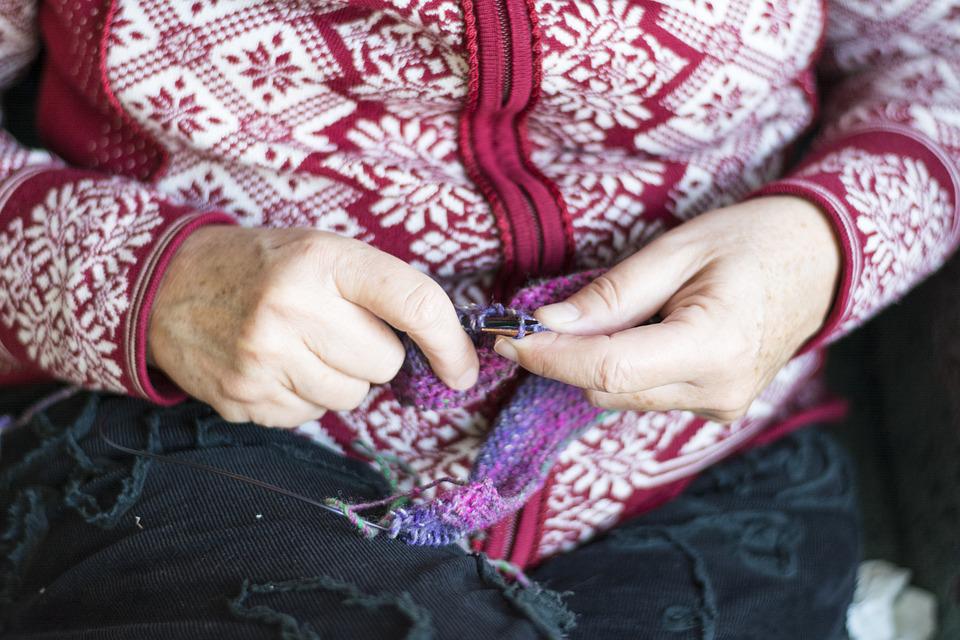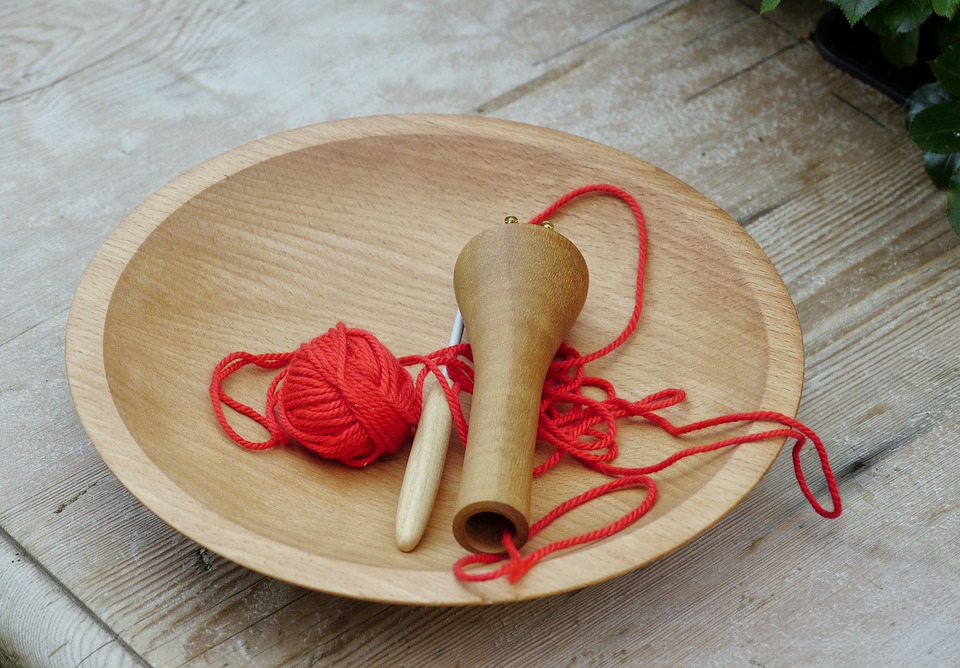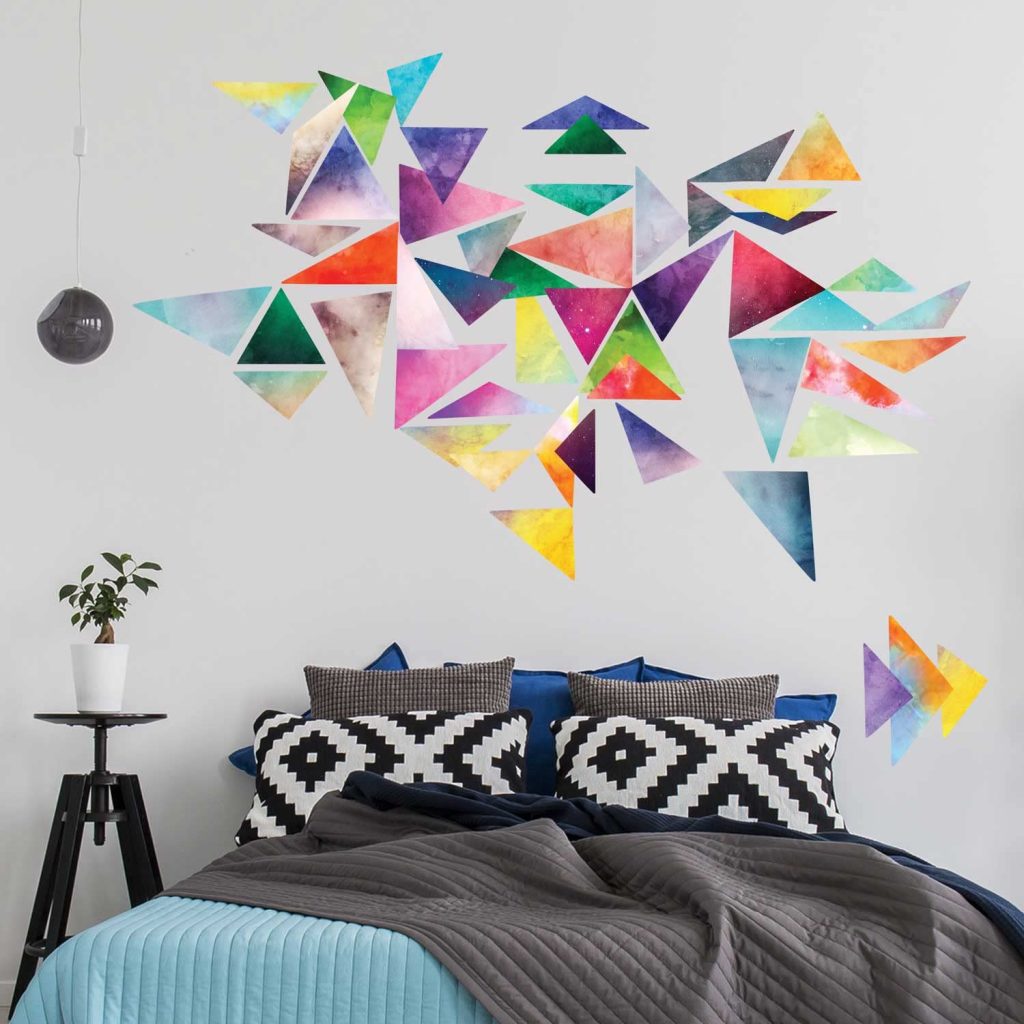
How to Assemble a Knitted Fabric
Contents
Step 1: Gather the materials to assemble a knitted fabric
Step 2: Prepare the knitting pieces to be assembled
Step 3: Joining a knitted fabric: 2 methods of sewing
Method 1: Joining a knitted fabric in backstitch
Method 2: Joining a knitted fabric with blind stitching
Joining a knitted fabric is necessary to assemble a flat knitted fabric with straight needles after folding down the stitches and bringing in the threads.
Several types of seams join a knitted fabric depending on the stitch used to knit the fabric.
Here are some tips on how to sew a knitted fabric together.
1. Gather the material to assemble a knitted fabric
Before assembling a knitted fabric, it is necessary to prepare the knitted pieces so that they are flat to facilitate the assembly of the garment and thus obtain beautiful finishes.
To carry out these steps, gather all the necessary materials to complete the assembly:
a tape measure to measure the knitted pieces to make sure they match the pattern dimensions;
sewing pins to tighten the knitted fabric;
a foam plate or special support to stretch the knitted fabric (there are plates with squares to use as markers for the measurements);
white cotton cloth for ironing with the pattemouille.
Important: look at the label of the balls to see if the wool used can be ironed so as not to damage the knitting. Do not iron on thick stitches such as ribbing or rice stitch, as the edges will not roll.
2. Prepare the knitted pieces to be joined
Stretch the knitted pieces
Moisten the pieces with a spray bottle or wash them by hand beforehand by wringing them out between two towels without twisting them.
Stretch the wet pieces on the backing with the wrong side facing you, flat.
Prick pins into the knitwear, first at the corners and then along the rest of the knitwear, spacing the pins about 3 cm apart.
Measure the piece to ensure the dimensions are the same as the pattern.
You can adjust the dimensions by pinning the parts of the knitted fabric.
Note: If you cannot iron the wool, stop at this step and let the pieces air dry before assembling.
Iron the knit pieces
Iron each piece of knitwear that has already been pinned if the wool allows it and if the edges roll heavily using a pattern.
To do this, dampen a white cotton cloth with cold water.
Wring it out and place it on the knitted fabric.
Set the iron to the program recommended on the label.
Carefully iron over the damp cloth without letting the iron rest. It will only take a few seconds to see the result.
Remove the cloth and let the knitted pieces dry before removing the pins.
Note: you can also steam iron all the pieces to be assembled by positioning the iron 3 cm from the knitting.
3. Assembling a knitted fabric: 2 sewing methods

It is necessary to use a wool needle and a wool thread identical to the knitted fabric. Prefer a wool or tapestry needle with a large eye to facilitate the passage of the thread during assembly. Several seams exist to assemble a knitted fabric:
the backstitch seam;
the invisible seam.
Take care of the assembly by making flat or invisible seams according to the knitted fabric assembled.
Method 1: Joining a knitted fabric with a backstitch
The backstitch seam is widely used in knitting because it is a simple seam to make and very strong. You can use it to sew the shoulders or sleeves of a sweater.
Place the two parts to be sewn together, right sides together. Pin if necessary.
Hold the knitted fabric in your left hand, placing your fingers on the part to be sewn as you go.
Thread a large eye needle with the same wool thread as the knitting. If the thread is too thick, use a split thread.
Stitch the needle under the two parts to be joined and bring the needle out to the front, one stitch from the edge.
Stitch the needle at the back into the previous stitch.
Bring the wool needle out in the next stitch, stitching under the two joined parts. Use your index finger to help you do this.
Pull on the thread, being careful not to overtighten the first stitch.
Repeat steps 5 to 7 until the end of the part to be joined. Always stitch through the previous stitch and the next one to repeat the back stitch to create an even stitch.
Stop the seam by passing the thread through the last stitch.
Tuck in any protruding seam threads.
Note: bring a round-ended wool needle so you can sew without pricking your fingers!
Method 2: Blindstitch a knitted fabric
Blindstitching is used to hide unavoidable seams such as the sides of a sweater, armholes, and raglans but can be used on other simpler pieces, such as snoods. Blindstitching is done differently depending on the type of knit stitch used.
On foam stitch
Place the pieces of knit fabric to be joined edge to edge, right sides together. Pin if necessary.
Thread a needle with a wool thread identical to the knitted piece.
Insert the needle into the first two stitches of the parts to be joined. Leave at least 20 cm of thread to stop the work at the end of the seam.
Insert the needle where the selvage stitch loops, through both loops, first the right and then the left.
Then stitch through the next two loops on each side again.
Repeat steps 4 and 5 until you have completed the two pieces of knitting.
Stop the seam by stitching the needle back through the two loops of the selvage stitches.
Tuck in any protruding seam threads.
On stockinette stitch
Place the pieces to be joined edge to edge, right sides together.
Thread a needle with a wool thread identical to the knitting.
Pass the thread through a stitch at the edge of the knitted fabric on the right, leaving a length of 20 cm to stop the work at the end of the assembly and correct any sewing errors.
Stitch one stitch from the edge under the thread that is between two right sides on the left.
Then stitch one from the edge under the thread between the two right-hand stitches, at the same stitch height on each side. Make the stitches reasonably loose.
Repeat these steps for a few rows, and gently pull the thread to tighten the stitches together and hide the seam.
Do the same throughout the assembly.
Stop the seam and pull the threads in.
Note: practice making an invisible seam with a different color thread before you finally join a knit.
On a ribbed stitch
Place the pieces to be joined right sides together. Hold them in your left hand to make joining easier.
Thread a needle with the same yarn as the knitted piece.
Stitch one stitch from the edge under both strands of the selvage stitches, leaving a length of yarn to stop the seam and tuck in any protruding threads.
Stitch under the following two strands, one stitch from the edge, from front to back.
Repeat this action, but the seam is zigzagged from the back to the front.
Sew the entire piece of knitting to be joined in the same way.
Stop the seam by passing the thread under a stitch and pulling them in.



